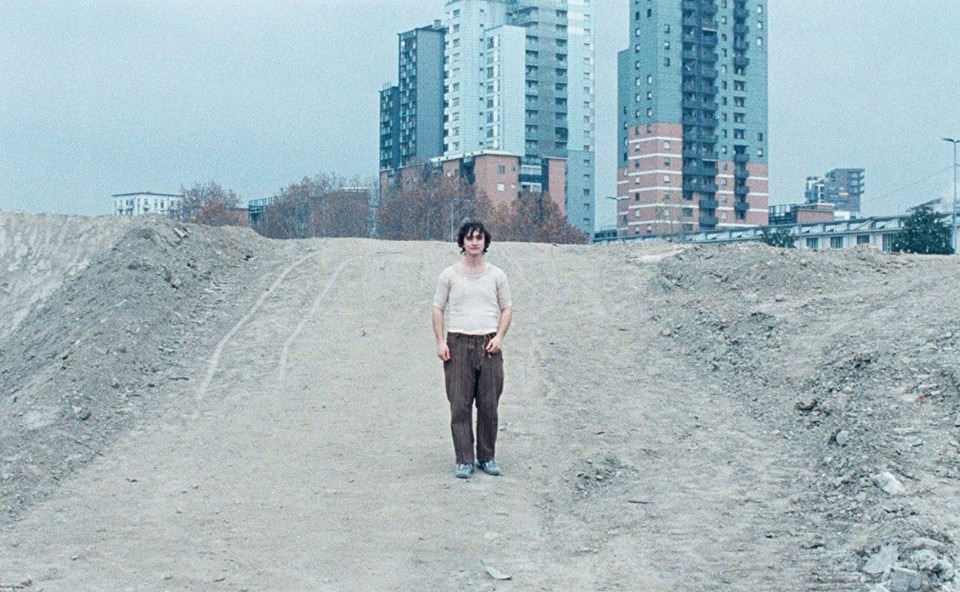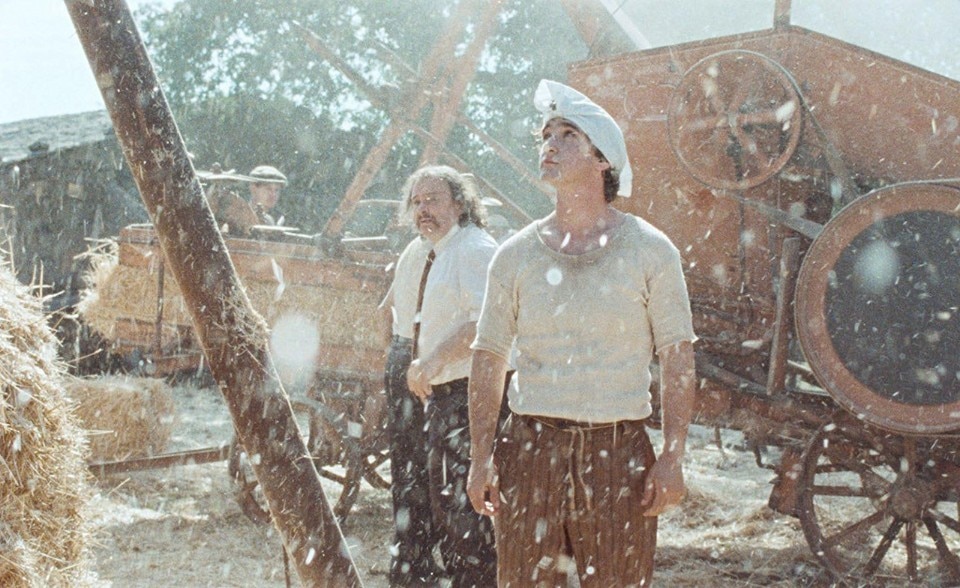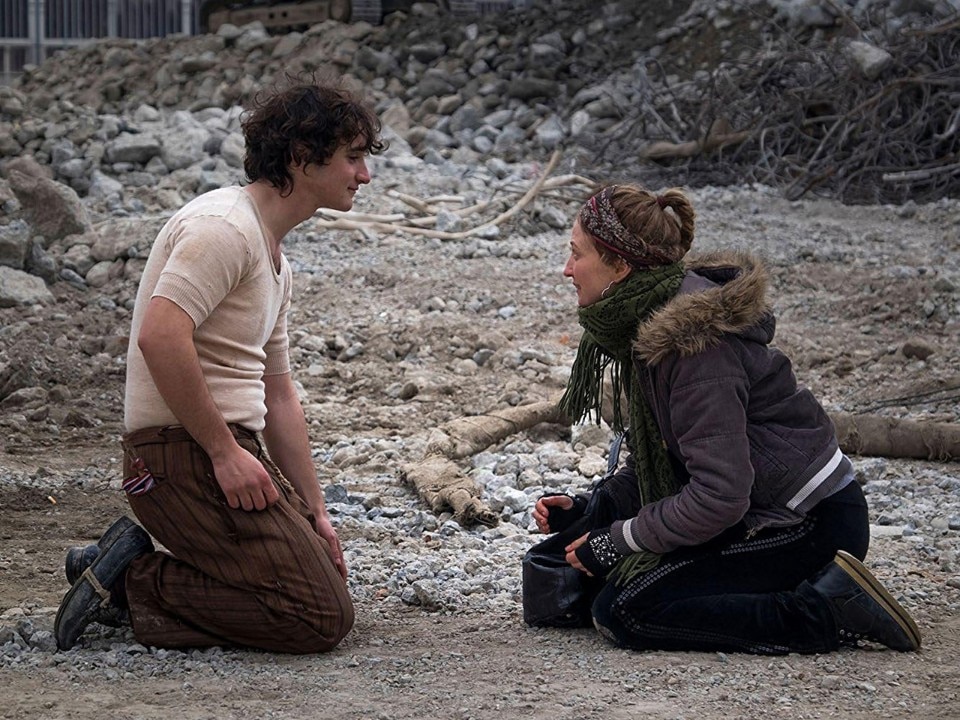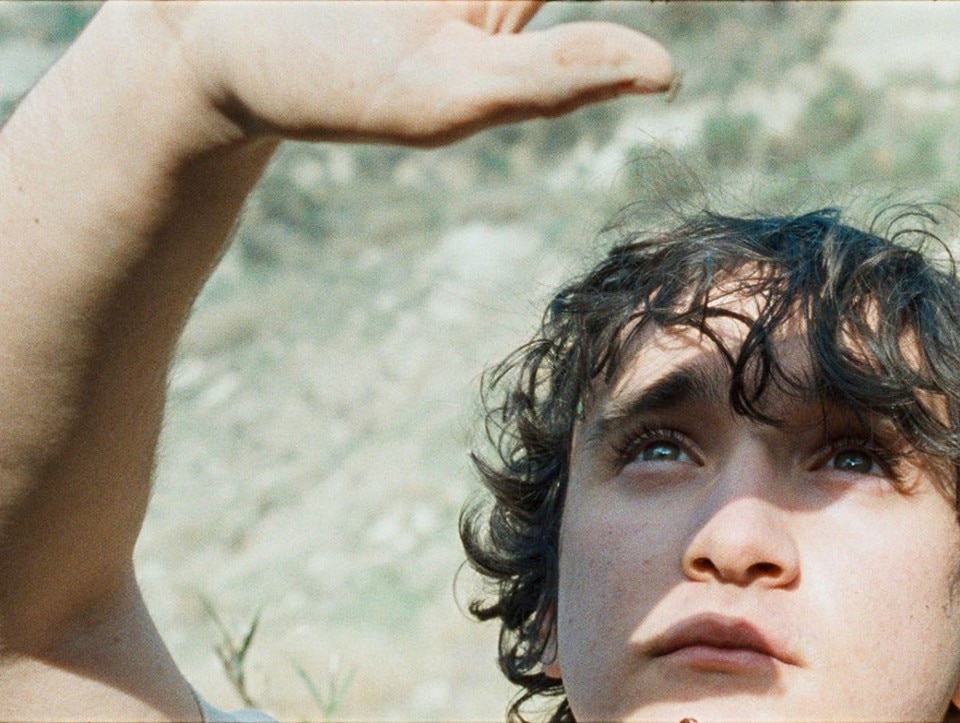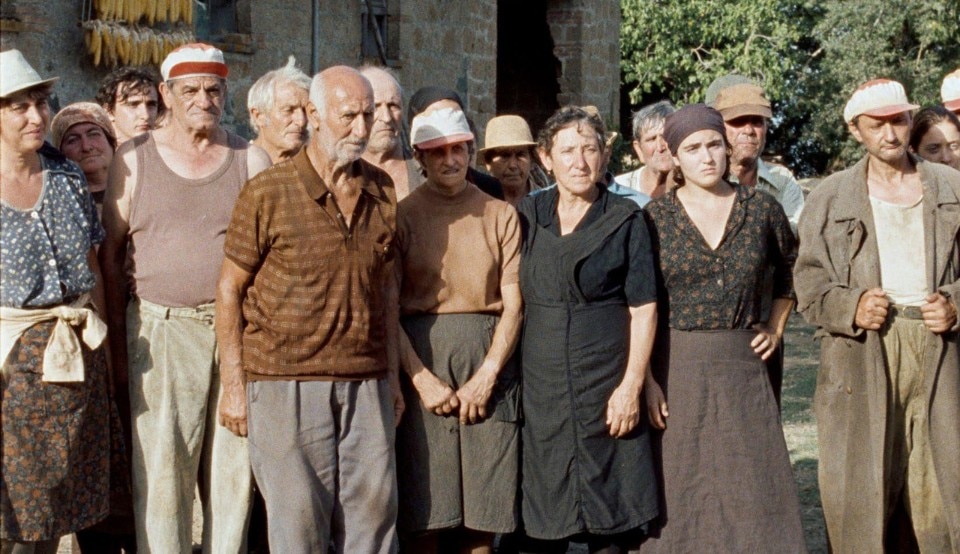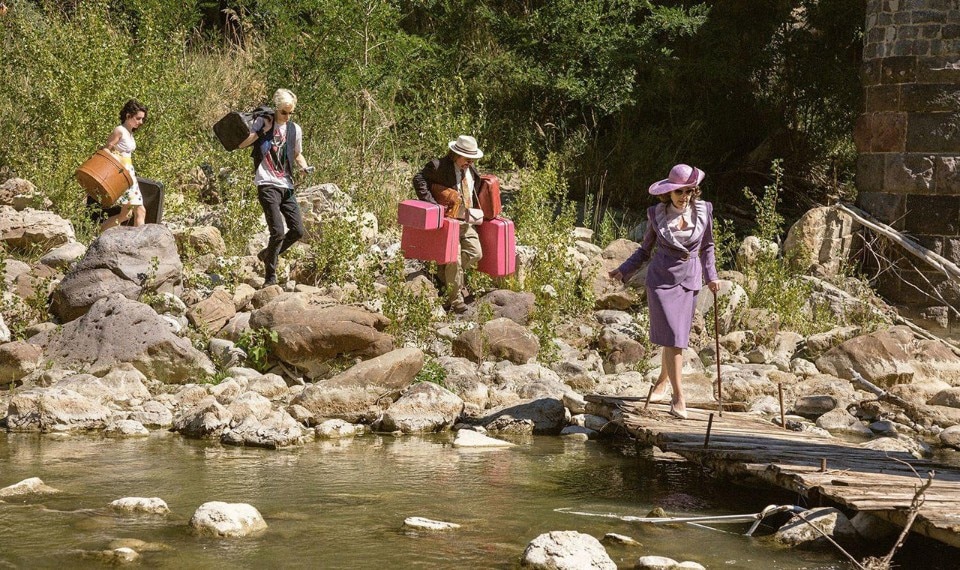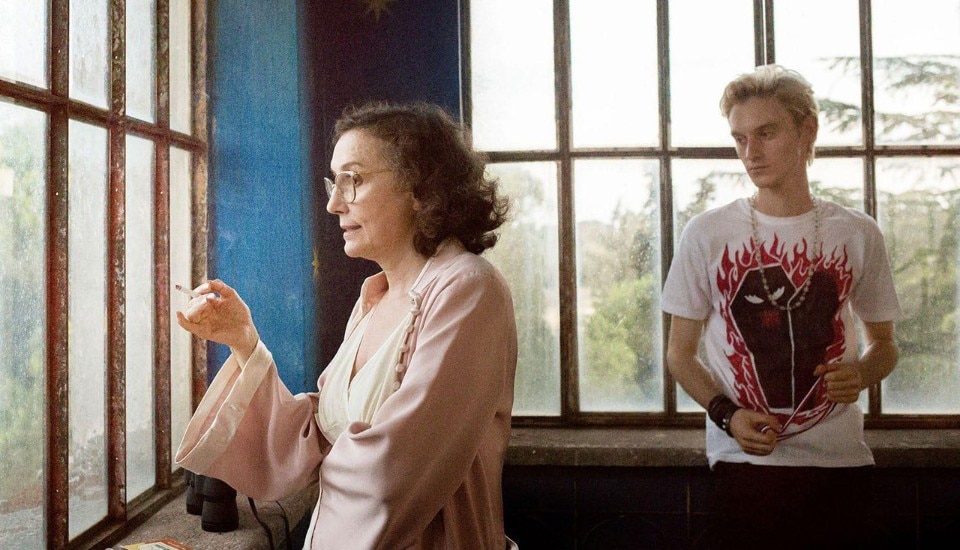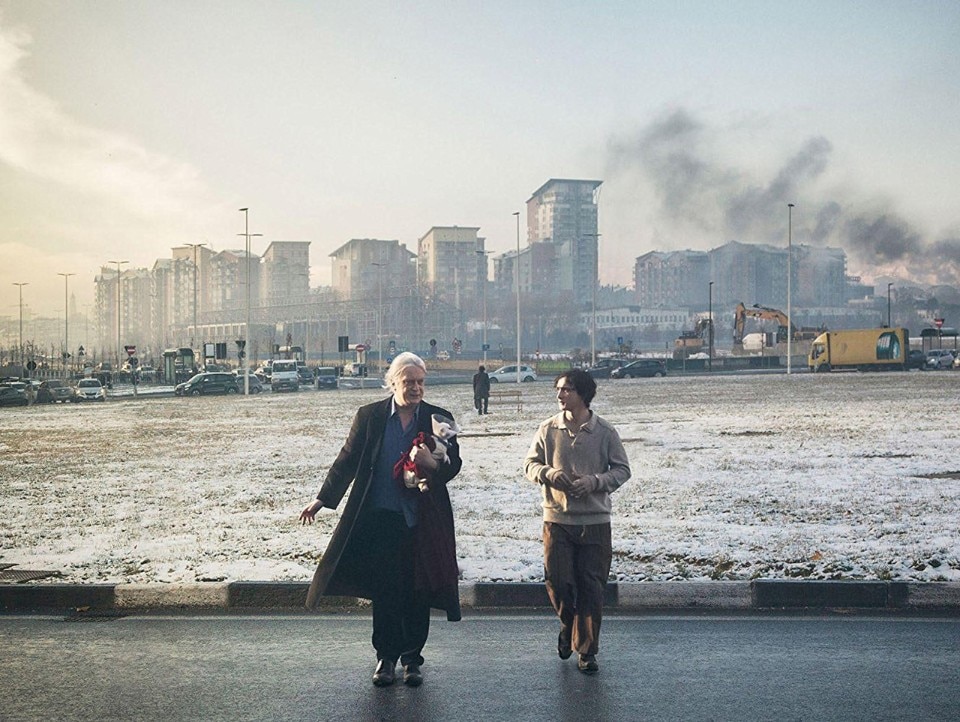The rural fresco of Happy as Lazzaro starts with a nocturnal serenade, drawing us into a typical Central Italian world of countryside, ditches and embankments, where the way of life seems to have come straight from Boccaccio’s Decameron. But the rural idyll is an illusion. Sharecropping is still in force here and the peasants – including Lazzaro, a well-meaning young man with an Etruscan look – are the property of the Marchesa De Luna, who works them on her tobacco plantation in exchange for meagre lodgings. But awaiting them is somewhere still more miserable. The labourers are forcibly moved to the city when modern life, in the shape of a helicopter and the police, put an end to the Marchesa’s feudal world.
This is the story that Alice Rohrwacher tells, a journey to a pretended civilisation, urbanisation as brutalisation, and the alienation and misery that comes with estrangement from nature. She tells it through the credulous eyes of Lazzaro, who’s young, like the main characters in her two earlier films. There’s a common thread here: Heavenly Body revolved around the discovery of religion in a small parish in southern Italy, while The Wonders centred on the corruption of the hard but healthy rural life by the civilisation represented by a TV show.
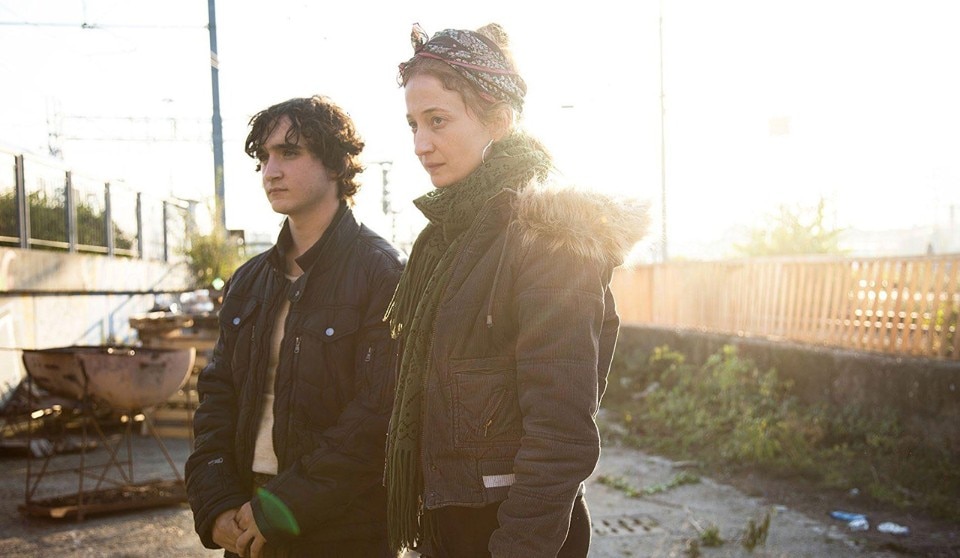
When Lazzaro is forced to leave his home to rejoin his family and his friend Tancredi, he faces a journey through a barbaric civilisation – people underselling their labour just so they can work, streets riven by lorries, petrol stations, TVs showing cooking programmes, the tenements of the city outskirts. It’s here that Lazzaro finds his family. They’re now dressed in a way we would see as “normal”, but they’re scraping by, living on chips – they’ve already forgotten the names of vegetables and herbs. It brings to mind Ozu, the Japanese director who rendered the alienation of urban migration in the Japan of the 1950s in films such as Tokyo Story. The train in that film is a symbol both of a connection to modernity and of a disconnection from an earlier, simpler life.
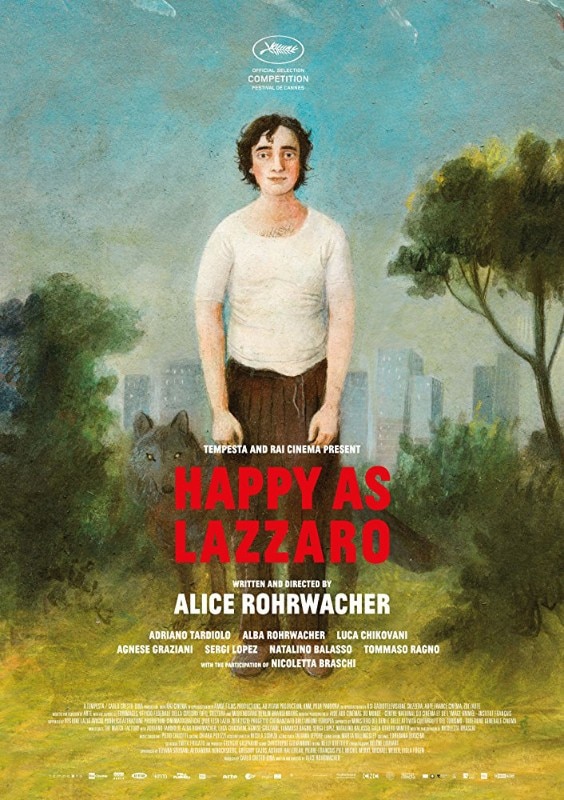
Rohrwacher’s starting point was a real historical event, the abolition of sharecropping in Italy at the start of the 80s – an era evoked here by the quiffs of the rich and their walkmans. She creates a freeform fairy tale, using fantasy, as in Benicio Del Toro’s recent The Shape of Water, to deftly treat weighty ideas. The director portrays a world that seems real, even though it never existed. From the almost primitive rural setting of the first half, with its peeling but characterful farmsteads and the Marchesa’s Neo-Pompeian Art Nouveau villa, the film moves to the slightly cyber punk postmodern city, and the run-down apartment blocks and dwellings improvised from abandoned cisterns on its outskirts. What’s unusual is that all this, though invented, is filmed in a style that owes much to the documentary.
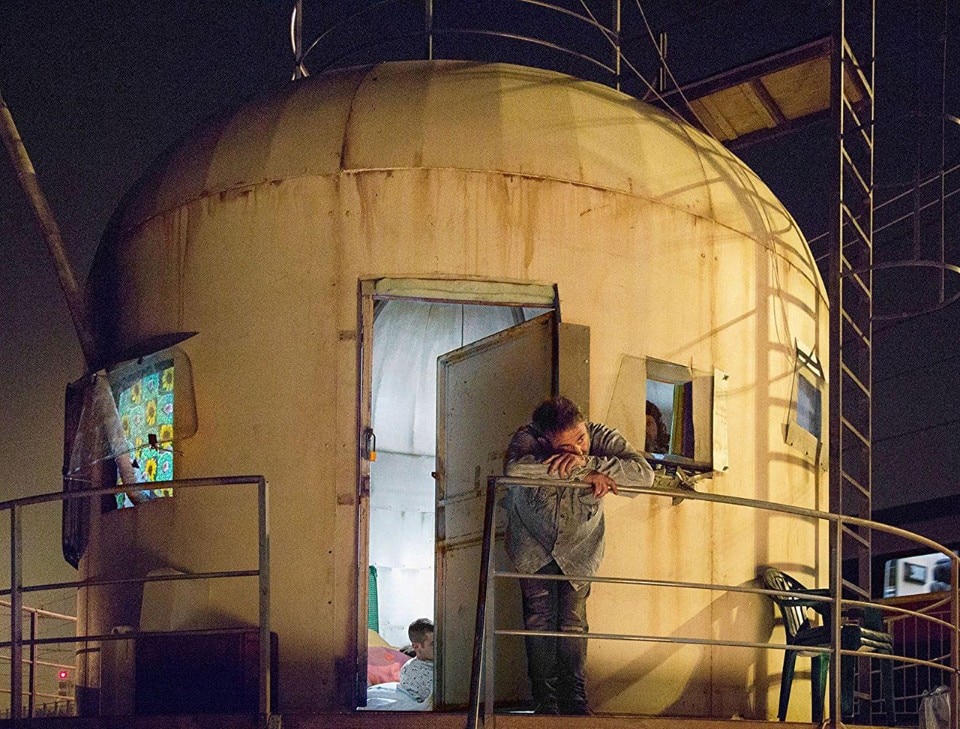
In fact, Alice Rohrwacher began her career directing documentaries. A big influence was Ermanno Olmi (Il Posto, The Tree of Wooden Clogs), another filmmaker who started in documentary and depicted an agrarian Italy industrialising and urbanising. Place, in Rohrwacher’s work, as in Olmi’s, is key – it is both the central character and the motor driving the plot. The camera unaffectedly captures details of the architecture, such as the girl’s unusual home in Heavenly Body and the cistern house of Lazzaro’s new life. There’s little music not heard or played by the characters themselves. The camera, still or handheld, steals images of the actors, who are often not professionals, the Caravaggio-esque old and the young with unblemished skin.
This is an auteur cinema that is proudly European and Italian, signalling its distance from American indie cinema. It is small but great, poor but rich, and aims always at cultural relevance, as with Greta Gerwig’s acclaimed Lady Bird. There is a distance of style, place and vision. Such variety and diversity are healthy in today’s globalised world – it might help us avoid the destinies of Inviolata, the Marchesa’s estate, which is violated nonetheless, swept away forever (though with good reason), and of Lazzaro, who is destroyed in a final scene that makes you think of Euripides’ Bacchae or Titian’s Flaying of Marsyas.
- Film title:
- Happy as Lazzaro
- Director:
- Alice Rohrwacher
- Distribution:
- 01 Distribution
- Production company:
- Tempesta, Rai Cinema
- Year:
- 2018
- Screenplay:
- Alice Rohrwacher
- Photography:
- Hélène Louvart
- Awards:
- Prix du scénario, Cannes 2018


